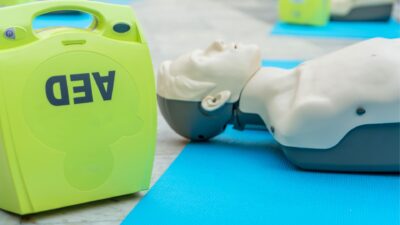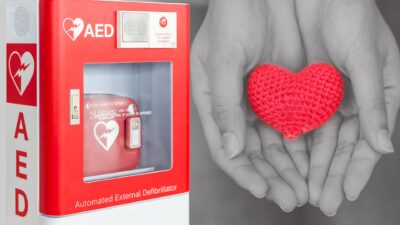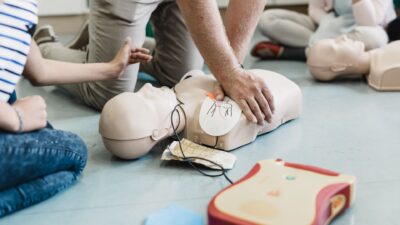
What are the State CPR Guidelines in Texas?
In Texas, the state CPR guidelines are rooted in the standards set by the American Heart Association (AHA) and the American Red Cross. When training in CPR, you’ll learn crucial skills such as administering chest compressions at a rate of 100-120 per minute, ensuring the patient’s safety, and performing the procedure on a flat surface….
Read More







